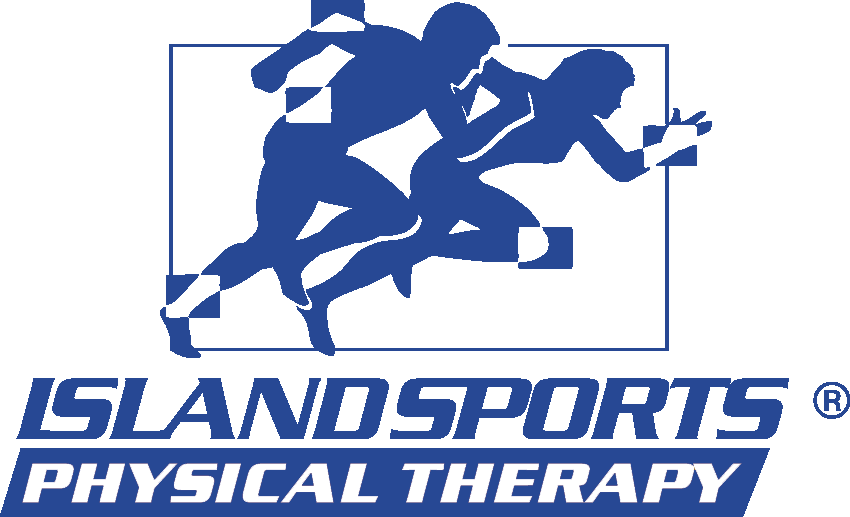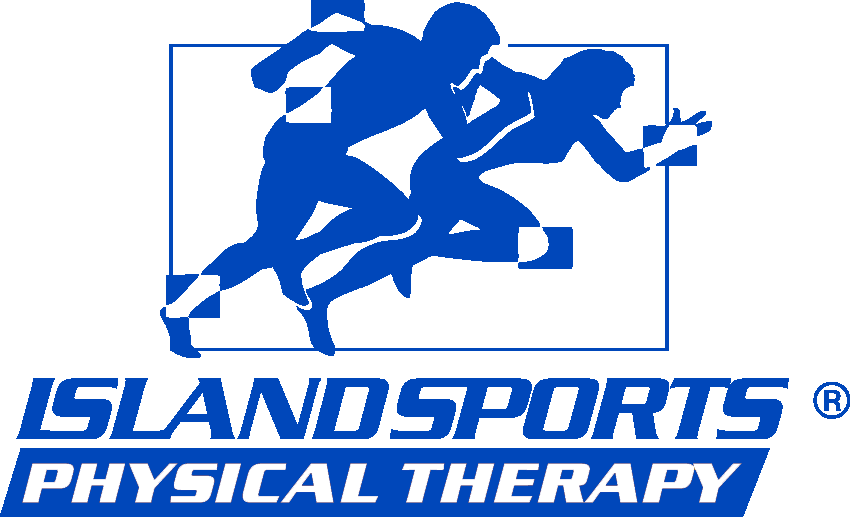Proper Stretching Techniques
Proper Stretching Techniques
Stretching before and after a workout is critical to injury prevention and muscle growth but the wrong or incorrect type of stretching can have an opposite effect.
Dynamic and static stretching are the two major types and are both integral to muscle health and an active lifestyle. It is recommended to perform 5-10 minutes of dynamic stretching prior to a vigorous physical activity such as a workout or a chore such as raking leaves, shoveling snow, or gardening.
Dynamic stretching helps warm up the muscles and prepare them for the upcoming tasks. Your dynamic stretching can encompass all the major muscle groups or can focus on specific muscle groups you plan on using the most. If you plan on shoveling snow, for example, it is better to focus on upper body stretches. Some examples of dynamic stretches include lunges, side bends, arm circles, and half squats.
Static stretching was once thought to be better prior to activity, but modern research has shown it is better to do after an activity is completed. Static stretching is the stretching of muscle groups at rest. Slow stretches, such as toe reaches, head bends, and quadricep stretches, may feel great and loosen up your muscles, but they actually achieve the opposite and cool the muscles down. Static stretching prior to a workout or other physical activity can lead to injury, although static stretching does have its benefits with regards to muscle repair post-workout.
Incorporating dynamic and static stretching into your routine is essential for muscular and joint health. The key to optimal results, however, is to know the key differences as well as when to incorporate each type. If you have any questions on how to properly stretch, the physical therapists at Island Sports Physical Therapy are here to help.


